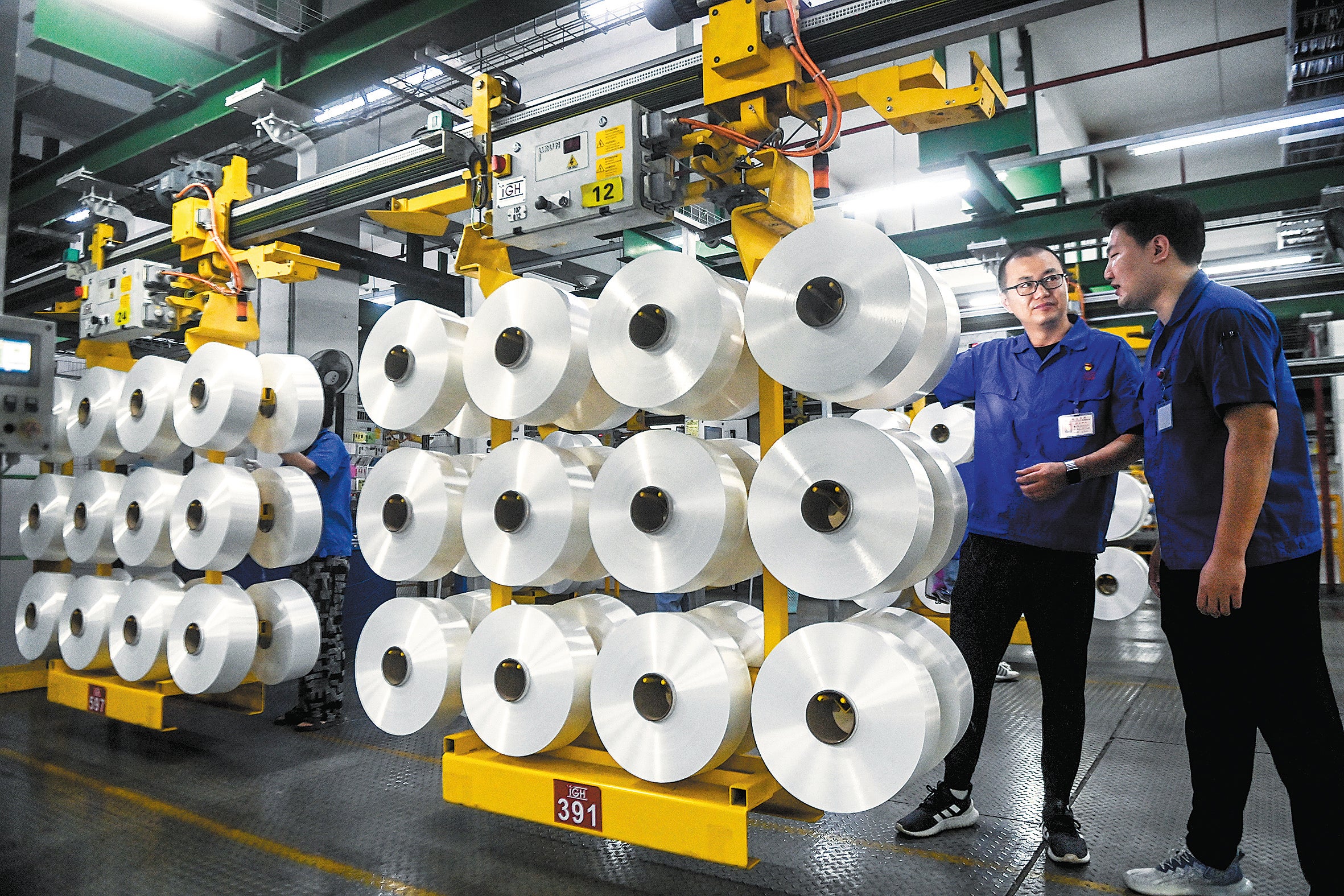IMF growth forecast for China stays unchanged
THE ARTICLES ON THESE PAGES ARE PRODUCED BY CHINA DAILY, WHICH TAKES SOLE RESPONSIBILITY FOR THE CONTENTS

The global economic landscape has been changing continuously since the start of the year, with ups and downs predicted for various countries, but the forecast for China has remained constant since January: growing at 5.2 per cent in 2023, and 4.5 per cent next year.
The figures are according to the quarterly update of the World Economic Outlook, released on July 25, 2023, by the International Monetary Fund, which predicted that global growth would fall from an estimated 3.5 per cent in 2022 to 3 per cent this year and next.
Compared with projections that the IMF made in April, global growth has been upgraded by 0.2 percentage point for 2023, with no change for 2024. Still, it remains well below the historical annual average of 3.8 per cent seen between 2000 and 2019.
For China, the IMF projected in January that the country’s economy would expand by 5.2 per cent this year from 3 per cent last year, as mobility and activity picked up after the lifting of pandemic restrictions, though it still faced significant economic challenges, including the contraction in the real-estate sector.
The global lender has reiterated its growth rate prediction in its July forecast, as it did in April.
The forecast for China closely mirrors the situation on the ground, as the National Bureau of Statistics on July 17 said that the country’s GDP grew 5.5 per cent year-on-year in the first half of 2023, driven by stronger consumption and steadily improving services.
The IMF noted that manufacturing activity and consumption of services in China rebounded at the beginning of the year following the easing of strict lockdown policies. It said the country’s net exports contributed strongly to sequential growth in February and March as supply chains normalised and companies swiftly cleared backlog of orders.

However, the IMF document noted that continued weakness in the real estate sector is weighing on investment, foreign demand remains weak as the global economy slows, and rising youth unemployment indicates labour market weakness, meaning that following a reopening boost, China’s recovery is losing steam.
But the IMF also said that stronger policy support in China than currently envisioned – particularly through means-tested transfers to households – could further sustain recovery and generate positive global spillovers.
Such support seems to be in the pipeline, as China will “carry out macroeconomic regulation with precision and force” in the second half of this year to further drive recovery, with efforts including expanding domestic demand, which is now insufficient, according to a key Party leadership meeting on July 24.
Private investment will also be given more policy support, while multiple measures should be taken to keep the country’s foreign trade and investment stable, said a statement from a meeting of the Political Bureau of the Communist Party of China Central Committee.
In a podcast released on July 24, Hui Shan, chief China economist for Goldman Sachs Research, said: “On the organic recovery side, I think we’re still seeing consumption recovering, especially in the services sector and contact-intensive sectors. We see that there’s still room for recovery.”
She said in the dialogue titled “What’s next for China’s economy?” that China’s economy in the third quarter should do better than in the second quarter, and for the full year, the country’s growth is projected to be 5.4 per cent.
International investment firms have frequently revised their forecasts for China’s economy, with JPMorgan making six adjustments since January, CNBC reported on July 23.
It said that among the six investment firms that also include Nomura, UBS, Morgan Stanley and Citigroup, the highest China GDP forecast so far this year was 6.4 per cent forecast by JPMorgan.
